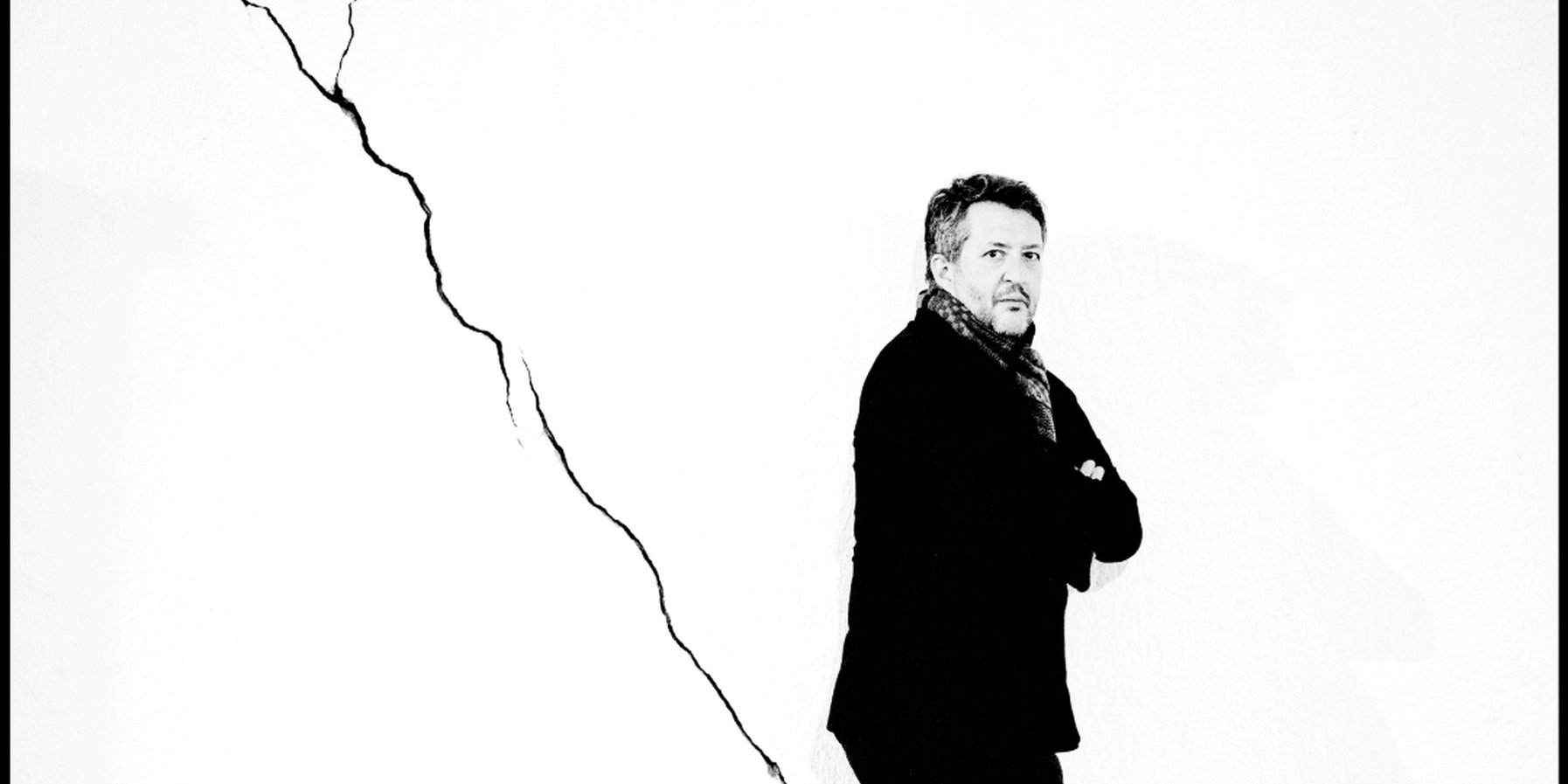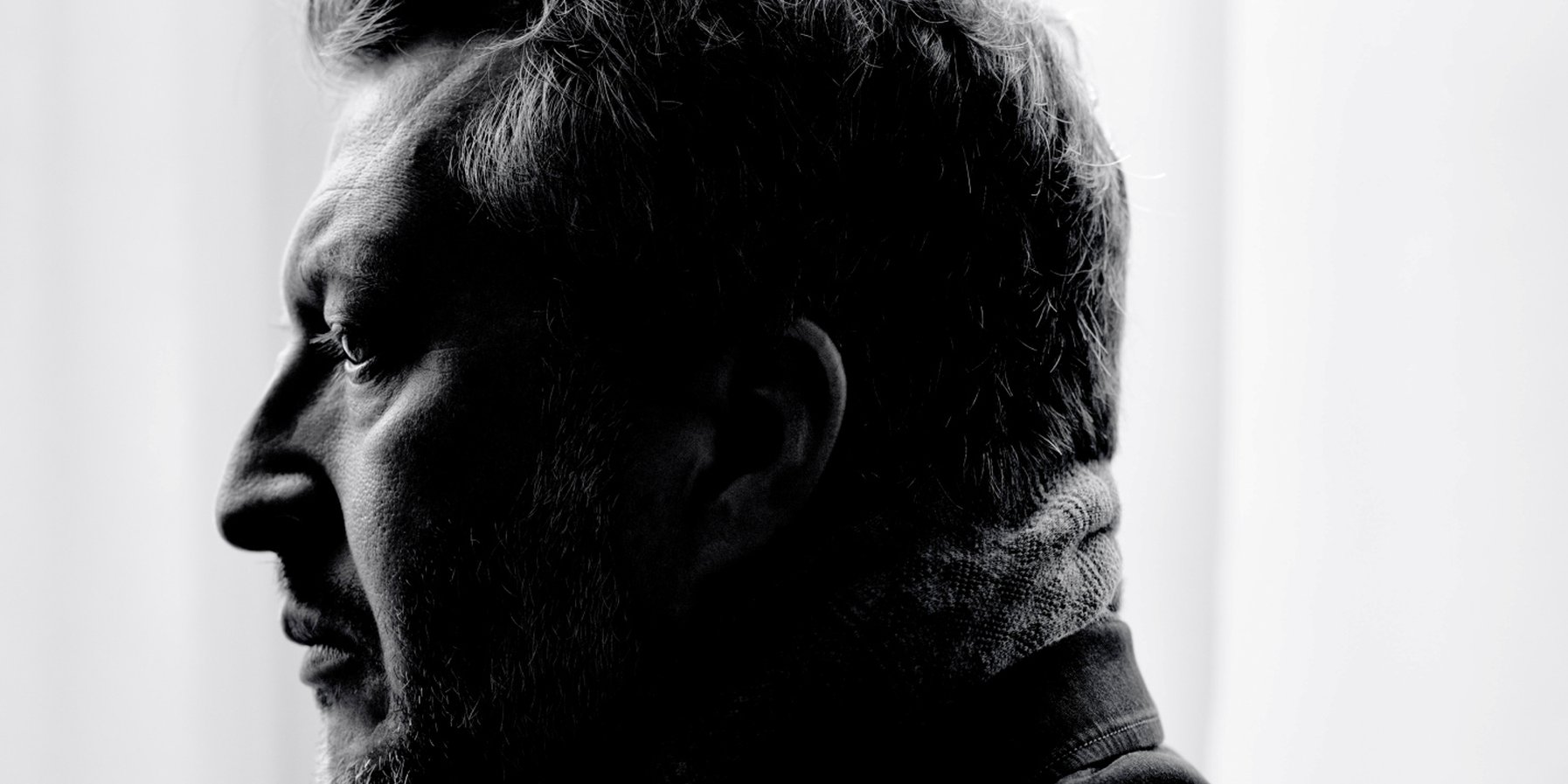If you stroll through the corridors and rooms of London's venerable National Portrait Gallery, you'll encounter one great personality from English history after another. What is probably the very first portrait of Shakespeare hangs here. And it goes without saying that alongside all the leading lights of science, culture and politics, nearly every member of the royal family can be seen in a splendid gilt frame. In 2002, space had to be made on the gallery walls for a new addition, when Thomas Adès in oils was added to the collection.
But Adès chose not to have himself painted in a classic pose by Phil Hale. Instead, he put on a creased white suit and leant back in an armchair as if suffering from pain. The subject of the painting was 31 at the time, and long since one of the most highly-decorated and most oft-played contemporary composers. His innate penchant for extravagance, which prompted him to cultivate the image of a dandy while still a music student, came to light one more time for the portrait.

Love of transformation
Adès has retained his musical love of transformation, on the other hand, for a good thirty years now. Classical and jazz, atonality and triad harmony, elements borrowed from the blues and from Baroque music, flirts with the tango and music hall – his oeuvre to date is made up of all this. And it speaks volumes about his flexibility that his shorter pieces even include an arrangement of the hit »Cardiac Arrest« by English ska band Madness. Adès's conviction that »no-one has the last word« can thus be seen as a little dig at all the avant-garde hardliners for whom there is only one »right way« present and future, in musical terms.
»Classical and jazz, atonality and triad harmony, elements borrowed from the blues and from Baroque music, flirts with the tango and music hall«
No use for the Ten Commandments
As a composer who has always ignored the Ten Commandments of the contemporary music scene, Adès has never been invited to attend the relevant festivals and insider get-togethers. Something that has never bothered him: the born-and-bred Londoner, son of a linguist and an art historian, made his way alone. And when his opus 1 appeared in 1989, in which the 18-year-old student set poems by T.S. Eliot, no fewer than three music publishers vied for the rights. Thomas Adès promptly found himself in the limelight as a new wonder boy who was also a gifted pianist.
»... und dann ging die Karriere nur noch steil nach oben«
It goes without saying that he graduated with a distinction in music and composition at London's Guildhall School of Music, after which his career really took off at King's College, Cambridge. In 1993 Adès was appointed resident composer with the prestigious Hallé Orchestra, and two years later his first opera, »Powder Her Face«, became an international hit. Not only thanks to the colourful score with its mixture of Kurt Weill-type songs and wonderfully sentimental orchestral melodies, but also due to the risqué story about a certain Duchess of Argyll.
Thomas Adès: Asyla, III. Ecstasio (Sir Simon Rattle / London Symphony Orchestra)
»Every concert is like Christmas: It's really odd. It's what you had in mind, but when you hear it, it's completely different.«
Thomas Adès
Before Adès went on to ascend the academic throne with his appointment as Benjamin Britten Professor of Composition at the London Royal Academy of Music, he had his first encounter with Simon Rattle. In 1997 Rattle commissed Adès to write the orchestral piece »Asyla« for the City of Birmingham Symphony Orchestra, which soon met with an overwhelming response to its throbbing rhythms, comical invented noises (e.g. a rattling sack full of silver cutlery), weird quarter-tones and even infusions of House music. And after Adès was awarded the Grawemeyer Prize with its endowment of 200,000 US$ for »Asyla« in the year 2000, the same work finally brought him his breakthrough in Germany two years later: for his first concert as new chief conductor of the Berlin Philharmonic Orchestra, Simon Rattle chose Mahler's Fifth Symphony and »Asyla«.
Thomas Adès: Concerto for piano and orchestra
Music with blood and emotions
Although his works are played by nearly all the big-name orchestras in the meantime, for the conductor Adès every performance remains an adventure that he awaits with bated breath. He still feels that every concert is »like Christmas: It's really odd. It's what you had in mind, but when you hear it, it's completely different.«
But he is not only familiar with this sensuous moment of amazement in connection with his own works. He already experienced a moment like this when he first encountered music that left a permanent mark on his own picture of modern music. At the age of 15 or 16 he happened to hear a recording of works by the great Hungarian composer György Kurtág. Even though the music was alien to him, »I immediately realised that it had blood in its veins. It was emotional – something I didn't find in the work of many of his contemporaries.«
Kurtág has remained one of Adès's absolute heroes to this day, as can be heard in his recent and latest compositions. Be it the Piano Concerto written for pianist Kirill Gerstein with its echoes of Ravel, or be it the cello piece »Lieux retrouvés«, into which the ghosts of Liszt and Offenbach have crept – they both provide clear evidence of Thomas Adès's wish »to speak directly to the audience«. A recipe for success!
Text: Guido Fischer, Stand: 29.4.2020






